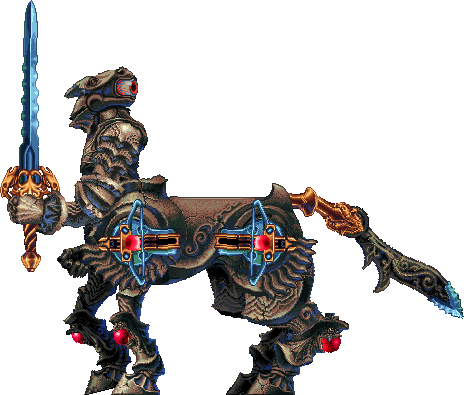

Prepare a well-draining container with growing medium. To propagate crossvine from cuttings, use a sharp, clean cutting implement to cut off a healthy, six- to eight-inch stem in late spring or early summer. You can direct sow outdoors in fall, or in spring after the last frost. Transplant seedlings into the garden when they are two to three inches tall and all risk of frost has passed. Bury each seed one to two inches deep and water well.

Plant seeds in a well-draining planter containing a mixture of peat, coarse sand, and perlite. Photo by Gretchen HeberĬrossvine seeds don’t need any special preparation, and you can expect a 90 percent germination rate, more or less. You can store the seeds in an airtight container in the refrigerator for about a year. Purchase seeds or collect them from existing plants when the four- to eight-inch-long seed pods are light brown, in late summer or early fall. capreolata can be propagated from seeds and softwood cuttings. The Creek, Koasati, and Seminole indigenous peoples of what is now Florida, as well as the Houma of Louisiana, used crossvine roots and bark as a remedy for numerous medical conditions, including headaches, edema, rheumatism, and diphtheria. The genus name “Bignonia” honors the librarian of French King Louis XV. The common name “crossvine” is thought to have come from the appearance of a cross-cut section of the plant’s stem.

Bignonia capreolata is sometimes called trumpet vine or quarter vine.īotanically, you may hear it referred to as Anisostichus capreolata, Doxantha capreolata, or Anisostichus crucigera, though these names are now considered taxonomically incorrect.


 0 kommentar(er)
0 kommentar(er)
